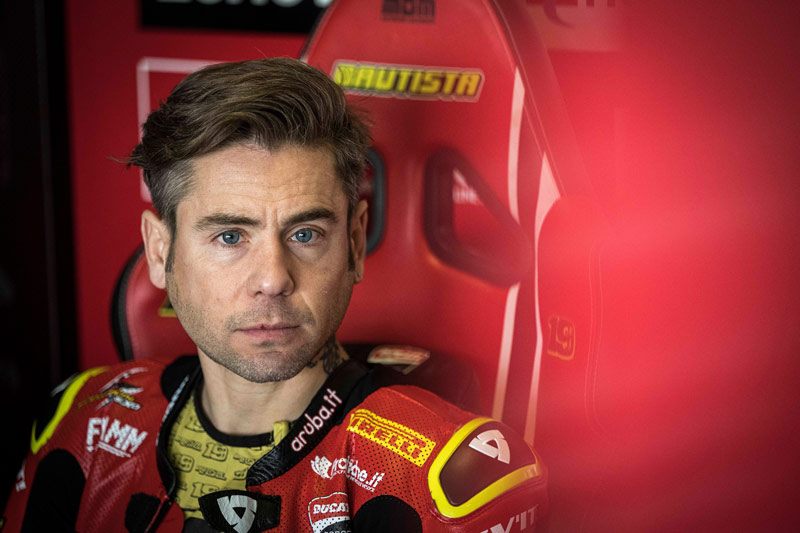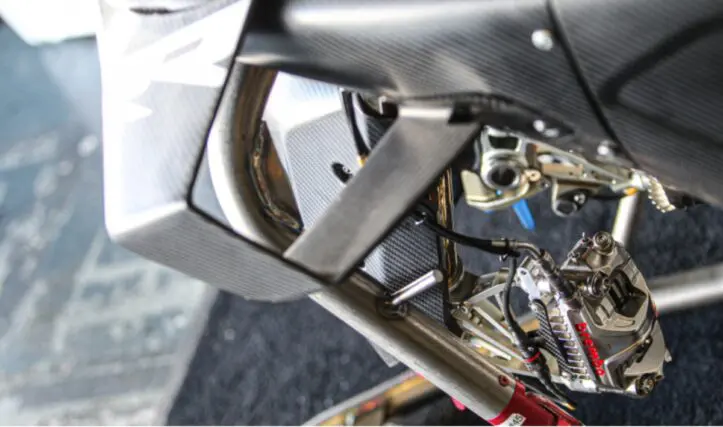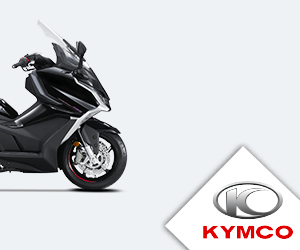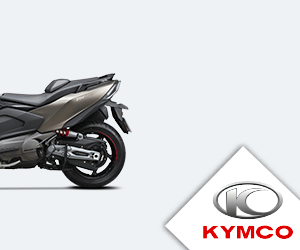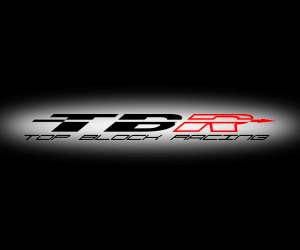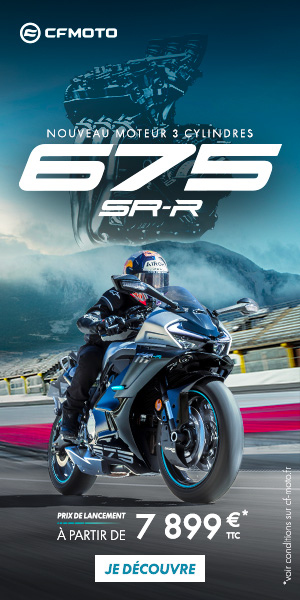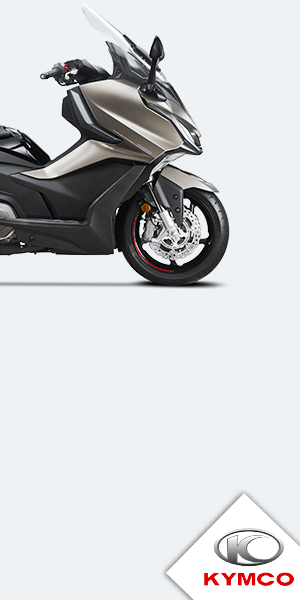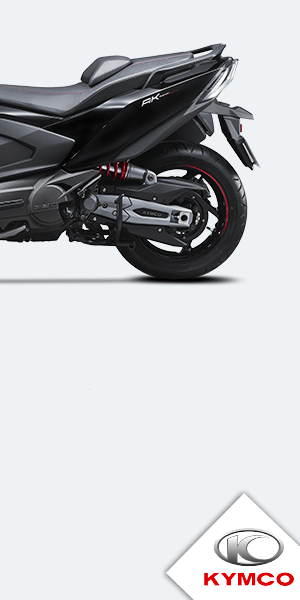The International Motorcycling Federation regains total control of the World Championship and nip the contested rider weight rule in the bud.
By Paul Gozzi / Corsedimoto.com
On Wednesday February 15, The International Motorcycling Federation has announced that the proposal to introduce a combined rider and motorcycle weight limit has been 'rejected', that is to say rejected without appeal. After the announcement, many insiders questioned whether the decision was interim, meaning awaiting further review, or permanent. The answer is in the text: the FIM has clearly said that there is no longer any question of it.
Who says the technical regulations?
The misunderstanding arose from the fact that very few people in the world know the regulations in depth. The real one, I mean, the “yellow booklet” that the FIM publishes periodically. The latest edition is dated October 19, 2022 and has no less than 352 pages. I am talking about the “300 FIM Superbike, Supersport and Supersport 2022 World Championship Regulations”. For MotoGP there is a separate, even more substantial edition. It's a complicated read, especially recently, because certain parts are constantly modified, so much so that in the regulations, there are words deleted, others written in red (the new ones). In short, half a puzzle. The part that interests us is article 2.4.4 “Minimum weight”. I am copying the screenshot below for clarity.
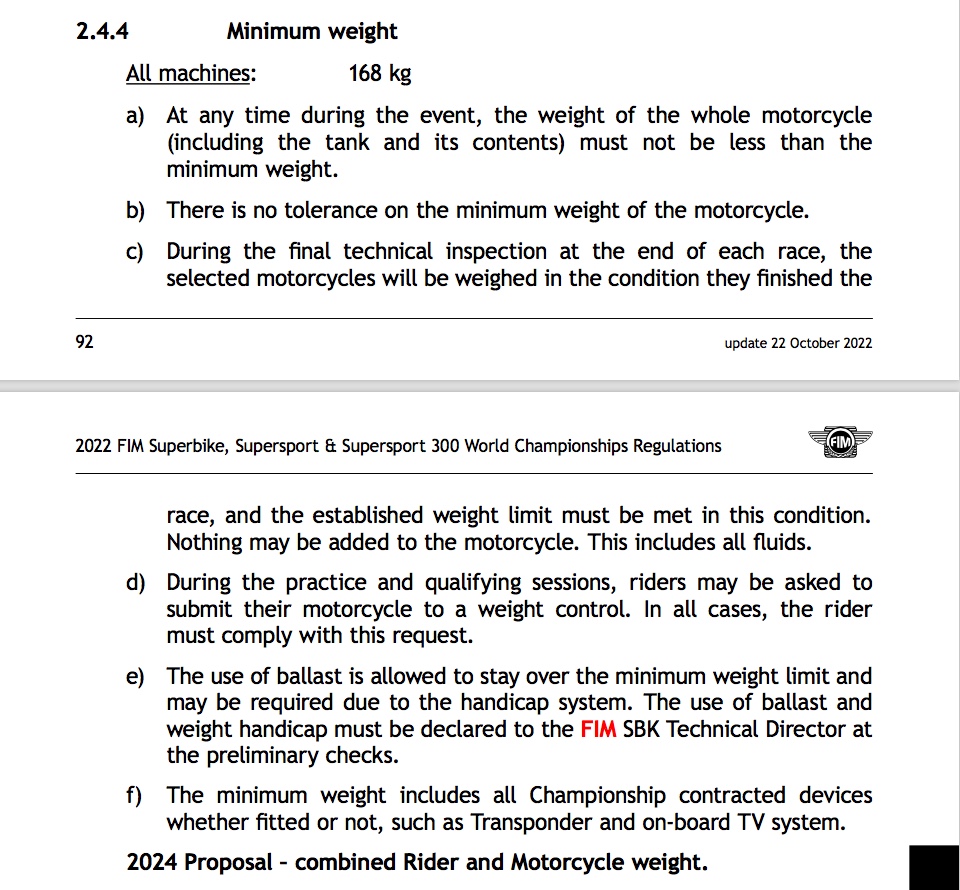
Misunderstanding
As you have read, the combined rider-motorcycle weight was simply a “2024” proposal. It should therefore have been discussed within the “Superbike Commission” during the following season, before a hypothetical approval for the next world championship. Those who said “they will do tests in 2023” did not read the rules, they simply trusted what the WorldSBK technical commissioner said, that is to say the Briton Scott Smart, former driver and great promoter of the introduction of this contested rule. The “reasoning” was simple: automatically cancel the weight handicap suffered by the “giant” pilots compared to the featherweights of the style Álvaro Bautista. Between the world champion and drivers like Scott Redding et Loris Baz, there is a difference of approximately 28 kilos. Too much, according to some. The idea was therefore to ballast the small models in order to create an artificial balance. The FIM declared that this was out of the question. The proposal is “excluded”. The FIM also explained the concept by saying, in essence, that the Superbike is beautiful just the way it is. There's no need for alchemy. Period.
What's behind
The expression “excluded” must be interpreted as a new blow on the table that the FIM, that is to say the president Jorge Viegas, dealt to Dorna. The first blow was the defenestration of Scott Smart, who wore the “FIM” jersey but who, in practice, has always been a Dorna man. Viegas put in his place the Frenchman Ludovic Reigner, a former electronic technician from the Yamaha school, employed by the FIM for more than a year. The second movement was the cancellation of the “combined weight” proposal, which the FIM entrusted to the “SBK Permanent Bureau”, a higher body than the “Superbike Commission” de facto controlled by Dorna. As if to say: from now on, we do what we say.
The FIM back on deck
It is no mystery that Viegas does not like the trend that Superbike has taken, that is to say the continuous game of regulatory changes wanted by Dorna to allow all manufacturers to be protagonists, even at the cost of changing the nature of the basic “Superbike” concept. Super Concessions, i.e. the ability to change chassis dimensions and swingarm mounting points, will give Honda and BMW (at least in the first three rounds) the opportunity to race on distantly related bikes several light years from the road versions, even in those details which had never been allowed to be modified. It is plausible to think that Super Concessions will soon follow the same fate as the combined weight: “discarded”.
What's behind it?
We remember that in 2019, Viegas himself declared that it was not appropriate for the same company, namely Dorna, to hold the rights to two world championships of such a different nature, namely MotoGP and Superbike. “I’m working to change that”, he had threatened. The FIM wants more competition, that is to say, being able to leverage the sale of rights with more players. Viegas' goal is likely to open the table for Discovery, the current operator of the World Endurance Championship. Discovery is an asset of the giant Warner Bros, the same group which also owns Formula 1 through Liberty Media. In other words, a much larger and wealthier entity than Dorna. At this point, Carmelo Ezpeleta does not want to go to war, but to cede positions in order to preserve the fundamental fortress, that is to say MotoGP. Thus, giving up control of Superbike technical regulations is a self-serving concession: the FIM just needs to stay away from MotoGP strategies, as it has done over the last thirty years.
Read the original article on Corsedimoto.com
Paul Gozzi
